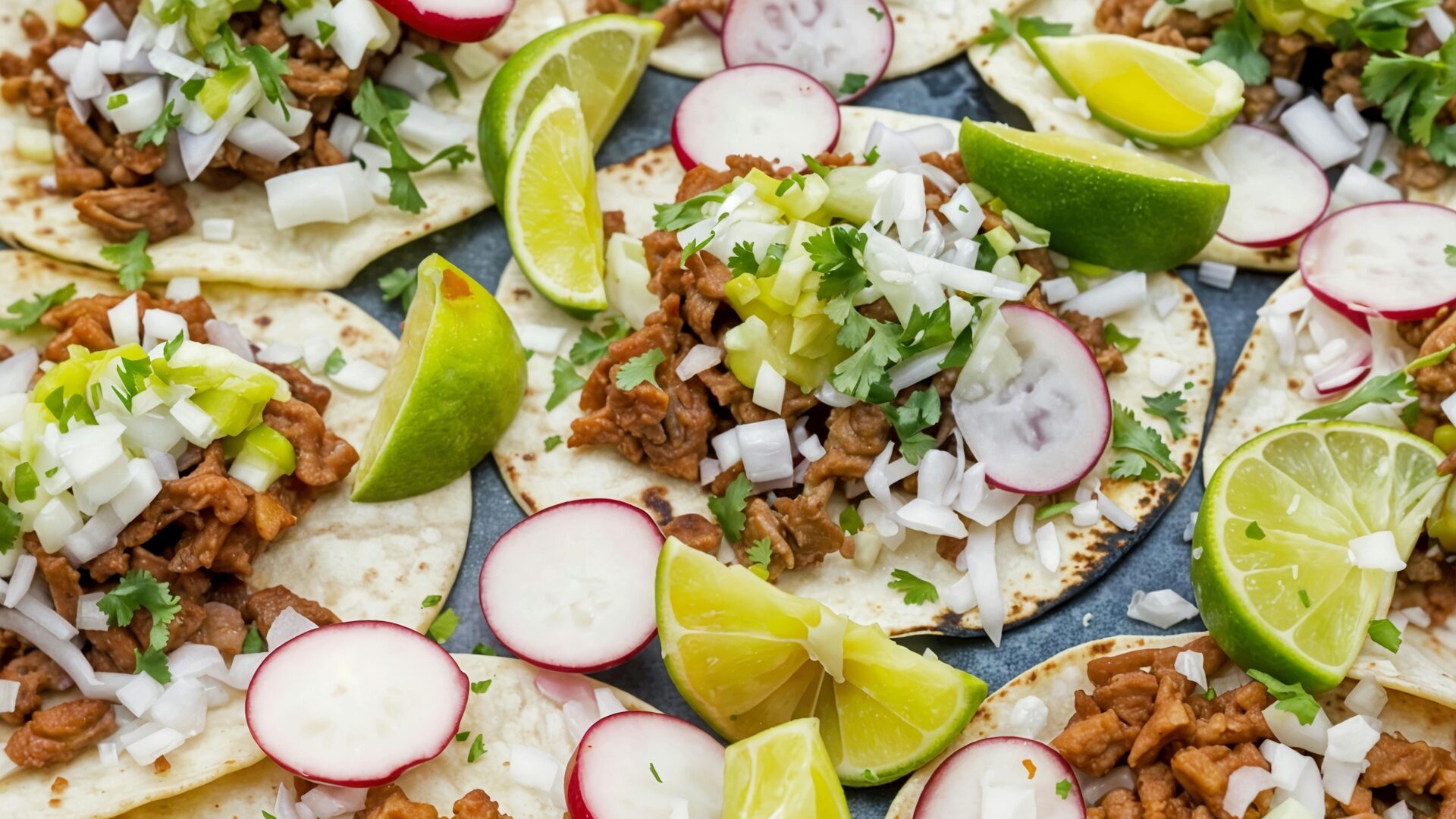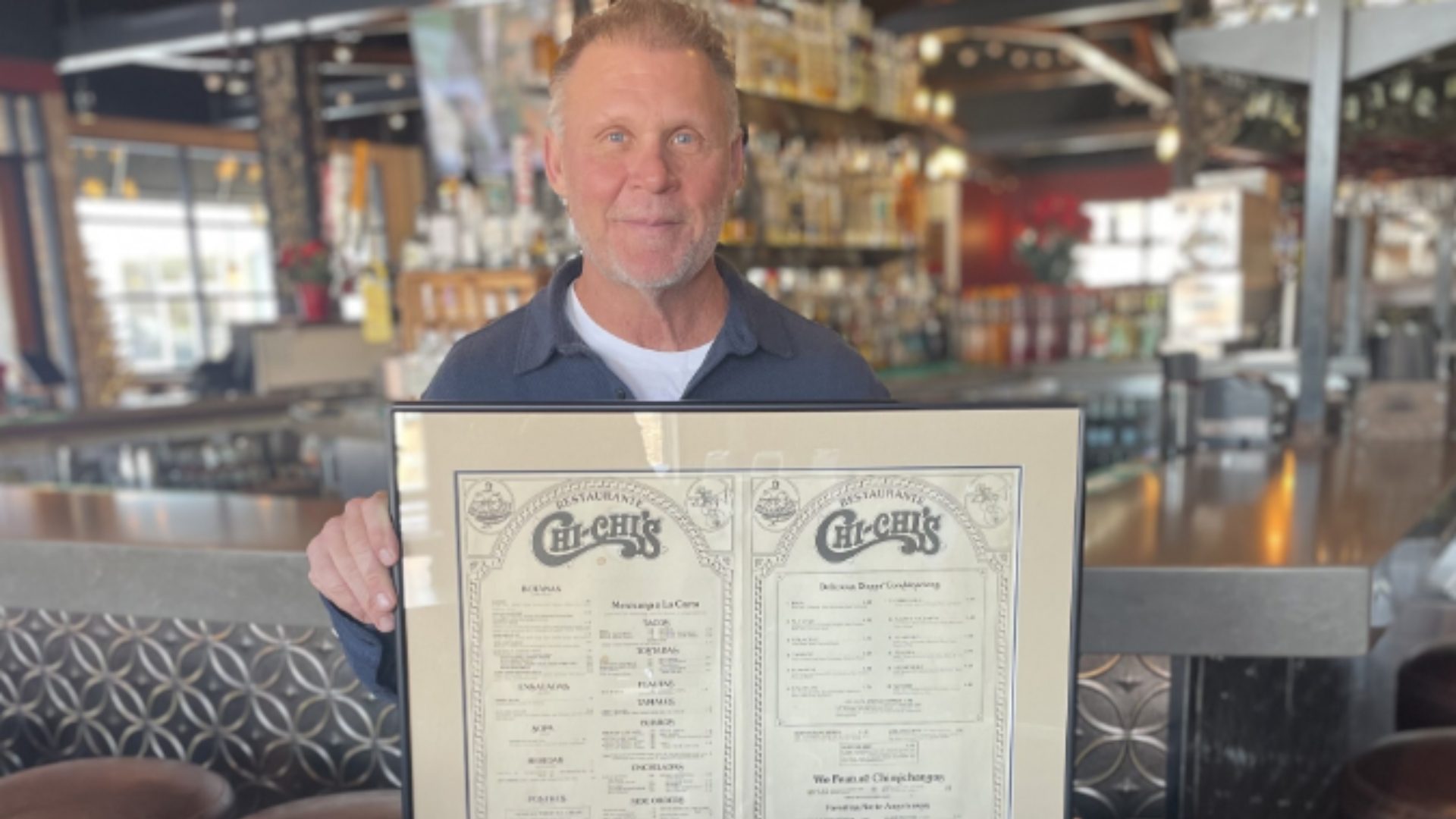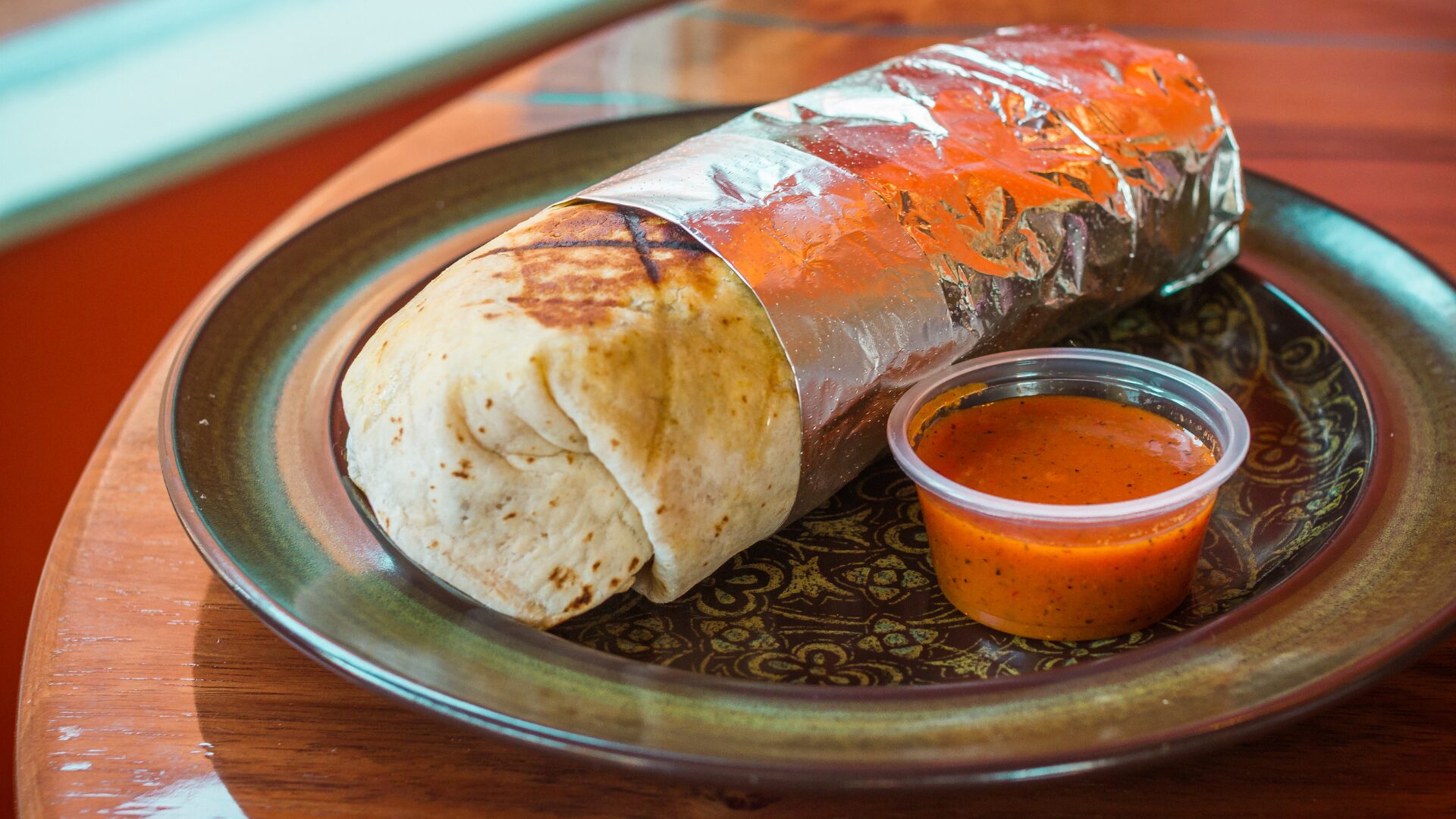Few can pass up a good taco, salsa, or burrito. That same extends to a cool margarita, a cinnamon churro, or a delicious gordita.
Zooming out a bit, actor Mark Wahlberg recently announced the opening of Flecha (arrow in Spanish), an elevated Mexican restaurant that will also showcase – and certainly sell – Flecha Azul Tequila, a nascent tequila brand in which he invested as an equity partner and that shattered tequila growth records. Flecha launched in California, a second site is scheduled to open in Las Vegas, and more are on the way.
Meanwhile, one of the top chains experiencing wild growth is Barrio Tacos. Barrio Tacos began as a food truck in Ohio and now operates over 25 locations in six states. Specializing in create-your-own-tacos, it also offers whiskey and tequila and promotes a high-energy atmosphere attractive to younger consumers.
Per Restaurant Business, 2023 growth for the chain looks like this:
Barrio Tacos
- 2023 sales growth: 35%
- 2023 unit growth: 8.7%
- 2023 organic growth: 26.3%
As the demographics of the country change, perhaps the question isn’t What constitutes American cuisine?, but rather, is Mexican food becoming America’s cuisine? If one were to follow Wahlberg’s openings – first a distinctly American burger joint, then an investor in tequila, then a high-end Mexican restaurant – the answer may be apparent.
American palates are changing.
The Sizzling Growth of Mexican Food
According to Pew Research Center and Datassential, about 1 in 10 restaurants in America serve Mexican cuisine. Second only to American and Pizza/Italian, younger generations are flocking to Mexican food (and Latin cuisine in general).
The Mexican American population is growing – there are over 37 million people (about 11% of the population) who trace their ancestry to Mexico, and in the 2010s, the domestic Hispanic population grew by 23%, a rate that far outpaced the nation’s overall population growth of 7%.
Over 85% of American counties have at least one Mexican restaurant.
About 22% of those restaurants are considered fast food and another 8% are food trucks.
Taco Bell has the largest share of the U.S. Mexican food market with over 7,700 locations and alone accounts for almost 10% of all Mexican restaurants in the U.S. – there are over 80,000, which accounts for almost 10% of all domestic restaurants.
Mexican food is generally affordable and offers sizzling textures, eye-watering aromas, and tantalizing flavors. Almost 10% of all transactions of Mexican food are under $10, and many more come in under $20, encouraging consumers to trial-and-error their way through their palate.
Mexican cuisine is also extremely widespread – the fastest-growing Mexican restaurant scene resides in no less than the nation’s capitol of Washington, D.C., followed by a distribution too widespread to be random (Maine; Delaware; Wisconsin; and Montana), suggesting the cuisine is not only finding new markets but generally advancing north, offering a new facet to the term “Tex-Mex” as the styles and flavors now abut the northern Canadian border from Glacier National Park in the west to Acadia National Park in the East.










